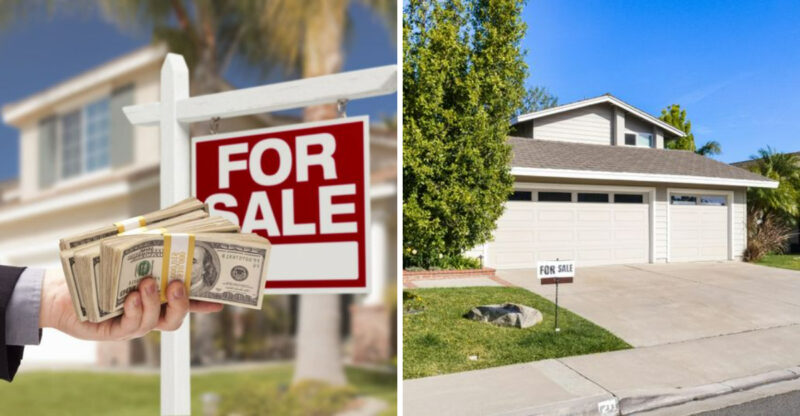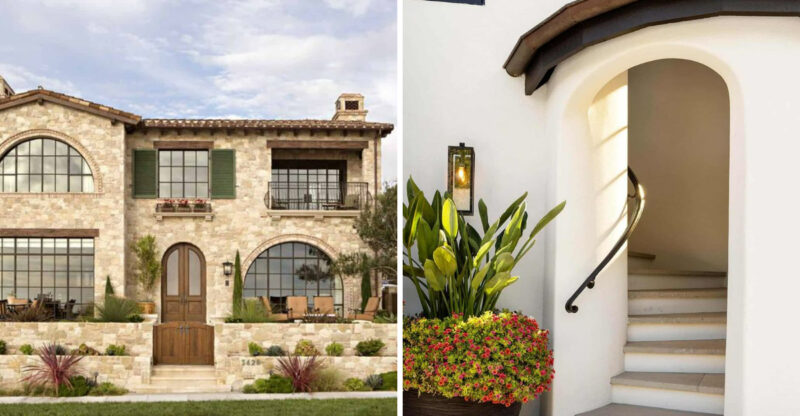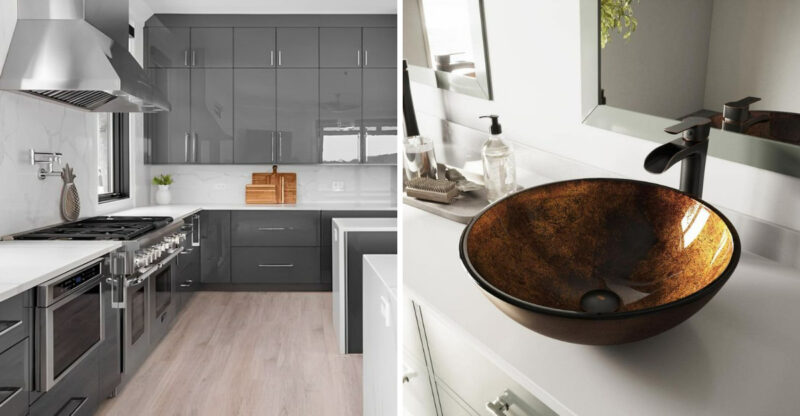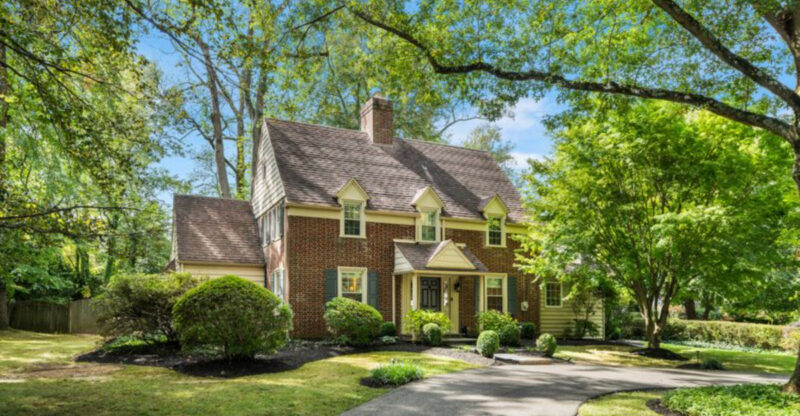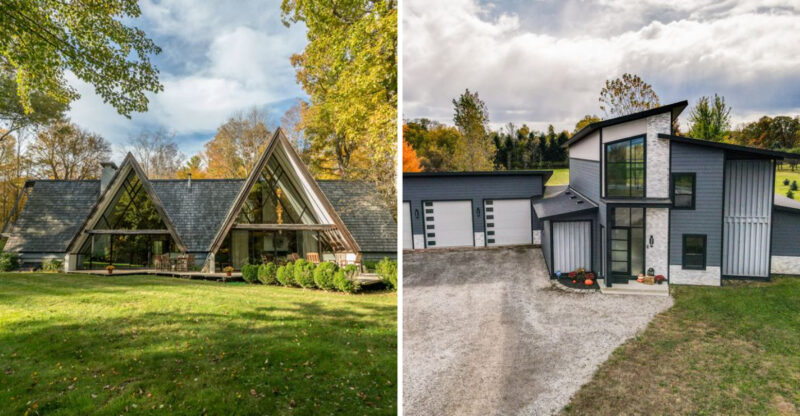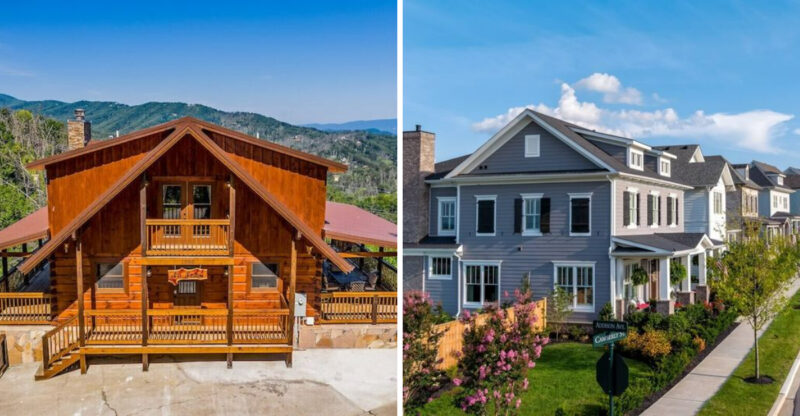Retro Flooring Choices That May Be Gaining Attention Again
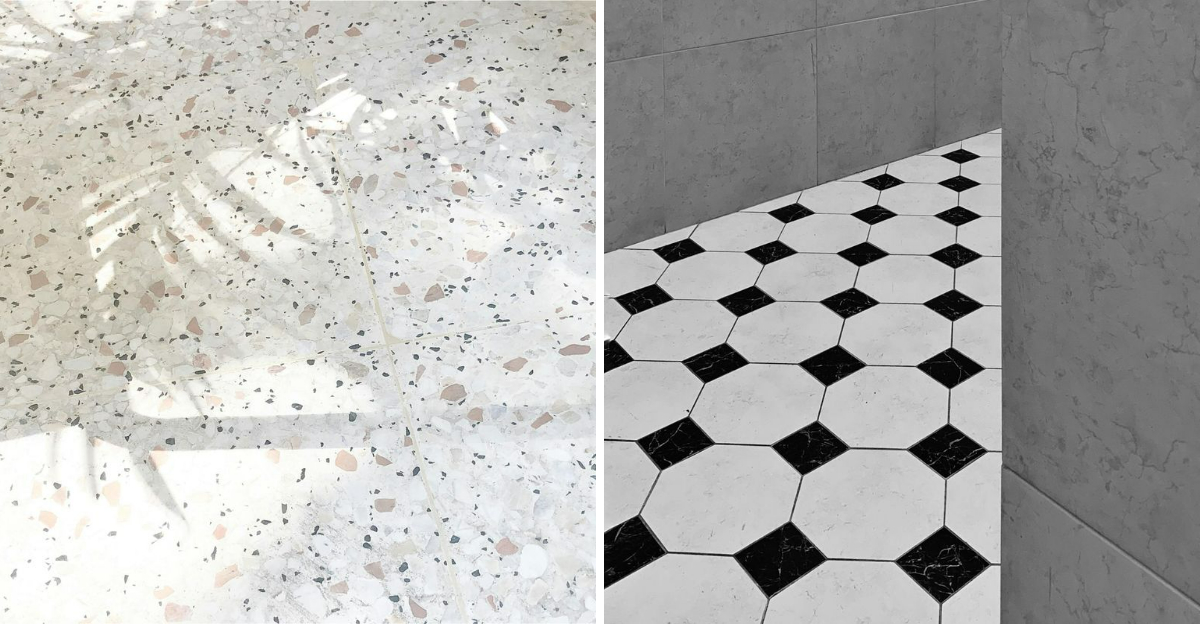
Remember the floors in your grandparents’ house – the ones that once felt outdated? Many of those styles are returning to modern homes. Interior designers are revisiting past decades, giving nostalgic flooring materials a fresh place in contemporary design.
Here’s a look at retro flooring options that are making a comeback. The ideas in this article are general observations, suitability may vary depending on home style, budget, and personal preference.
1. Terrazzo: The Confetti of Flooring
Once a staple in mid-century buildings, terrazzo is experiencing a major revival. This speckled surface combines marble chips, quartz, granite, or glass set in concrete or resin, creating a playful yet durable finish.
Modern terrazzo comes in bold color combinations that weren’t possible decades ago. Homeowners appreciate its longevity – many original terrazzo floors from the 1950s still look fantastic today with minimal maintenance.
2. Cork Flooring: Eco-Friendly Comfort
Bouncy, warm, and earth-friendly, cork flooring was everywhere in the 1970s before fading from popularity. Today’s environmentally conscious homeowners are rediscovering its natural appeal and impressive benefits.
Walking on cork feels gentle on joints while providing natural sound insulation. Harvested from tree bark without harming the tree itself, cork represents sustainable luxury that’s naturally resistant to mold and mildew – perfect for modern, eco-minded homes.
3. Checkerboard Tiles: Classic Pattern Play
The iconic black and white checkerboard pattern has graced floors since the 1950s diners and earlier. Far from being just nostalgic, this bold geometric statement adds instant character to contemporary spaces.
Modern interpretations play with scale and unexpected color combinations. Pink and white for a retro bathroom? Green and cream for a dramatic kitchen? The possibilities extend far beyond traditional black and white, making this classic pattern feel fresh and personal again.
4. Parquet: Geometric Wood Patterns
Geometric wood patterns arranged in herringbone, chevron, or basket weave designs were the height of sophistication in mid-century homes. After years of simple plank flooring dominance, these intricate wood arrangements are capturing attention again.
Today’s parquet often features contrasting wood tones or unexpected layouts. The craftsmanship required creates a sense of permanence and quality that many homeowners crave after years of quick-install flooring options. Each parquet floor tells a unique story through its pattern.
5. Linoleum: Not Your Grandmother’s Floor
Real linoleum (not vinyl) was the wonder material of the early 20th century – made from linseed oil, pine resin, and wood flour on a jute backing. Unlike its petroleum-based imitators, genuine linoleum is experiencing renewed interest for its impressive eco-credentials.
Available in vibrant colors and patterns, today’s linoleum offers antimicrobial properties and extreme durability. The material actually continues hardening and improving with age, potentially lasting 40+ years while bringing retro charm to contemporary spaces.
6. Patterned Carpet: Bold Statement Underfoot
Remember those geometric carpets from the 1960s and 70s? The ones with bold, sometimes psychedelic patterns? They’re finding new fans among designers looking to make dramatic statements in modern spaces.
Today’s versions feature updated color palettes while maintaining that vintage vibe. Rather than wall-to-wall installation, many homeowners opt for large area rugs with retro patterns. This approach brings warmth and personality without overwhelming commitment to a specific era.
7. Terrazzo Tile: The Manageable Alternative
For those who love terrazzo’s look but hesitate about installing a poured floor, terrazzo tiles offer the perfect compromise. Popular in the 1970s, these pre-made pieces deliver the distinctive speckled appearance without the installation complexity.
Modern manufacturing techniques have made these tiles more affordable and diverse than ever. They’re particularly popular in bathrooms and entryways where their water resistance shines. Some homeowners mix different colored tiles for custom patterns that honor the past while looking distinctly contemporary.

